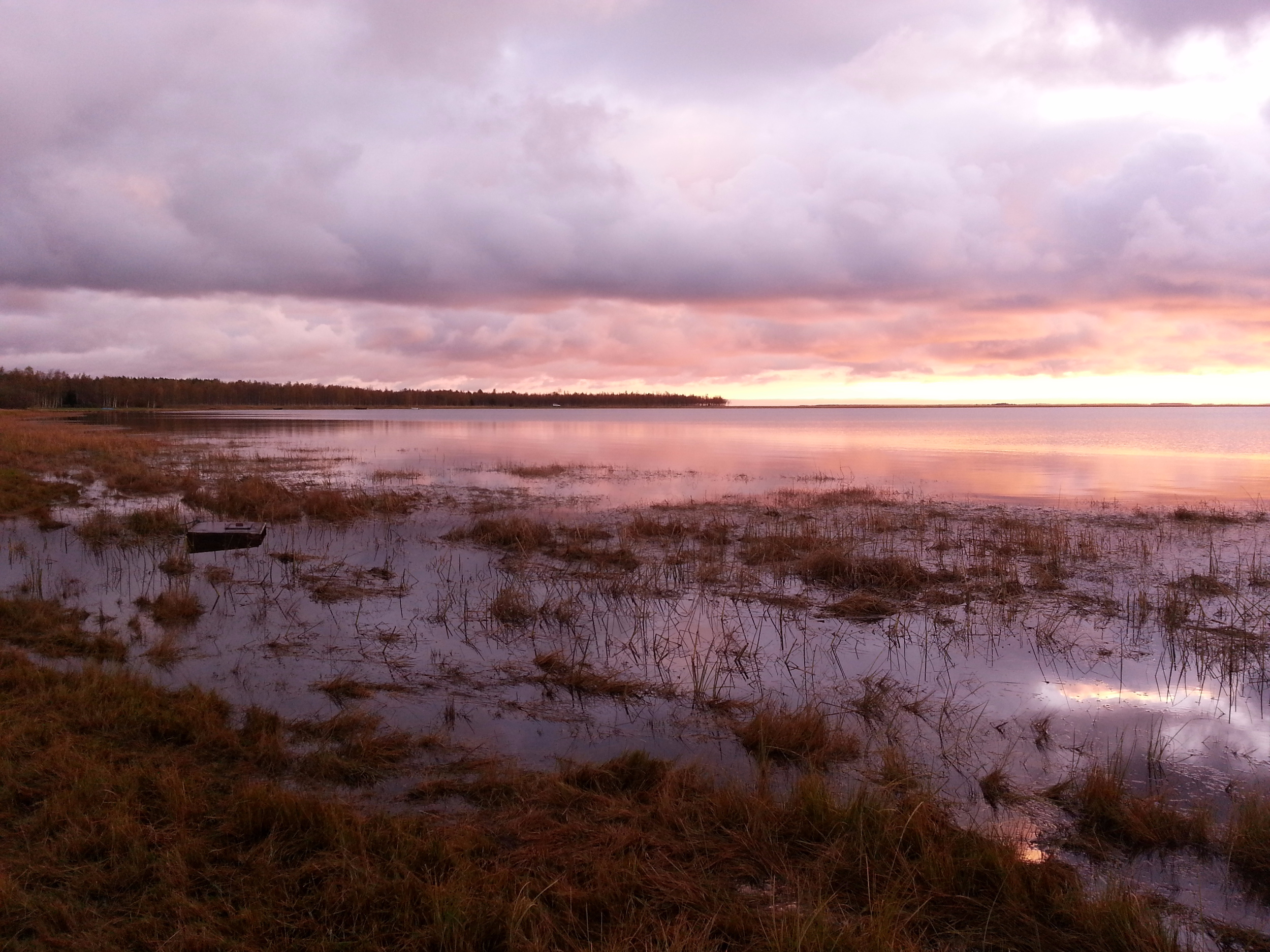The idea of a device that can take a little energy and transform it into a lot might sound like the stuff of comic book fiction but it is plausible. The way forward involves figuring out how to harness fusion, a process whereby energy is released when two particles are forced to fuse. The challenge with fusion is that forcing particles together requires a lot of energy all on its own and getting more energy out than that which is put in has proved tricky. The International Thermonuclear Experimental Reactor (ITER), being built in France, theoretically should accomplish this feat by producing ten times the amount of energy fed to it. However, after lots of delays and expanding costs that are expected to top 24 billion dollars, there is no question that finding a simpler and smaller option for future designs would be good and this is precisely what a team of nuclear physicists and engineers at MIT are claiming they have developed.
The benefits of earthquakes
Having grown up in California and survived my fair share of really big earthquakes, it isn't easy to view the disasters in a positive light. After all, the 1994 Northridge quake did a mighty good job of smashing most of the stuff in our house to smithereens while simultaneously flinging the water heater across the garden. Even so, new research is revealing that these terrible events play a vital part in storing away carbon floating about in the atmosphere.
The new work shows that the thousands of landslides that big earthquakes set in motion lead large numbers of trees to fall down into river basins. The tress often get carried away by water in these basins and dumped in lakes and deltas where sediment quickly buries them. This process prevents the carbon in the trees' tissues from being released into the air as carbon dioxide when the trees die and effectively locks it away for millions of years. You can read more in The Economist article that I wrote on this subject here.
Podcast: Sunburn sensor
I was just on The Economist's science podcast Babbage discussing a cute new tactic being developed that can warn us when we are about to get baked by the sun. You can listen to the podcast here.

